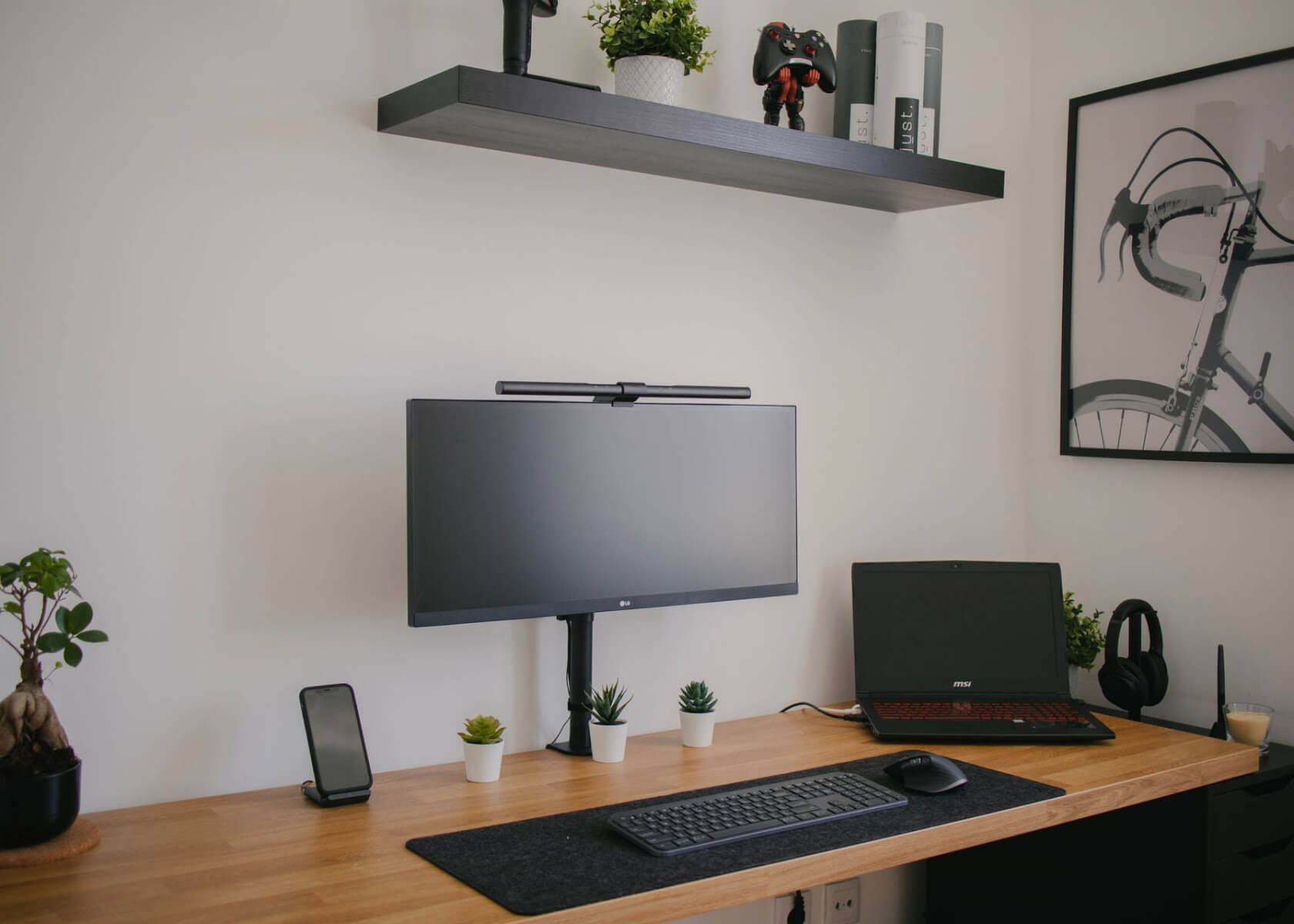Synchronize Content Across Notion Blocks: A Step-by-Step Guide

New to Notion?
How to Synchronize Content Across Notion Blocks
Notion is a powerful all-in-one Workspace that allows you to organize your thoughts, plan projects, and collaborate with others. One of Notion’s standout capabilities is its ability to synchronize content across blocks, ensuring that updates in one location are automatically reflected elsewhere. This feature is invaluable for maintaining current and consistent information throughout your Workspace. In this article, we explore several current methods to synchronize content using the latest Notion features and best practices.
Understanding Notion's Block Structure
Before diving into synchronization techniques, it’s important to understand that every element in Notion is built with blocks. A block can be a paragraph, heading, image, bullet point, code snippet, or even a table. Blocks can be arranged hierarchically and nested within one another, making it easy to structure and organize your data effectively.
Utilizing Synced Blocks
A favorite feature for many users is Synced Blocks. This feature allows you to duplicate a block or a collection of blocks so that any change made in one instance is automatically replicated in all its copies. Here’s how to use Synced Blocks with current best practices:
- Select the block or group of blocks you want to synchronize.
- Click on the block’s menu button and choose Turn into Synced Block.
- Copy the Synced Block by clicking the Copy and Sync option, then paste it wherever needed in your pages.
With Synced Blocks, updating content in one location instantly reflects changes across every instance, ensuring consistency across your Workspace. This method is especially useful for updating recurring information like project statuses, contact details, or policy notes.
Using Linked Databases
Another excellent method to keep your information consistent is by using linked databases. A linked database is essentially a view connected to a master database. Any changes made in the master database are instantly updated in the linked view, keeping your information aligned across different pages. To set up a linked database:
- Create a new database: Click the "+" button in your Workspace and select Database. Choose the format that best suits your needs, such as table, board, or list.
- Customize the database: Add the necessary properties and columns—like text, date, or number—to capture the relevant information.
- Link the database to a block: In the desired location, click the "+" button and select Link to Database. Then choose the database you created.
This technique is perfect for managing dynamic data such as task lists, inventories, or event schedules, ensuring that updates are reflected seamlessly across all linked views.
Employing Page Properties, Formulas, and Relations
For more advanced synchronization, consider leveraging page properties, formulas, relations, and rollups. These tools allow you to automate data updates and ensure consistency throughout your Workspace:
- Define page properties: Open a page within a database and click Add a property. Choose a property type—text, number, checkbox, or date—to store your data.
- Customize your formulas: Use inline formulas to calculate values or combine data. For example, a formula might concatenate two text properties or compute a total from numerical fields.
- Link pages with relations and rollups: Establish relations between pages to pull data from one page into another. Use rollups to aggregate information, ensuring that changes in one table affect related content automatically.
These features are incredibly powerful for automating routine updates, such as summarizing task progress or reporting sales figures, and help you maintain data integrity even as your Workspace grows more complex.
Utilizing Templates
Notion's templates offer another effective way to keep your content synchronized. Templates allow you to create pre-designed layouts that can be applied across various pages and blocks. This approach standardizes formatting and ensures a consistent structure throughout your Workspace. To use templates efficiently:
- Create a template: Design a layout that includes the text, images, tables, and other elements you need.
- Save the template: Select the entire block or group of blocks and click Save as Template from the top menu. Give your template a descriptive name.
- Apply the template: When creating new content, click the "+" button, choose Templates, and select your saved template.
Templates are particularly useful for streamlining repetitive tasks and maintaining a uniform appearance across new pages or sections. For additional guidance, check out this resource on automating repetitive tasks.
Conclusion
Synchronizing content across Notion blocks is a powerful strategy for maintaining consistency and boosting workflow efficiency in your Workspace. Whether you’re using Synced Blocks, linked databases, or advanced properties like formulas and relations, these techniques help automate updates and ensure that your data remains current. Additionally, templates simplify repetitive tasks and standardize your layout. By incorporating these best practices, you can fully leverage Notion’s synchronization capabilities and streamline your process for a more organized and productive environment.


